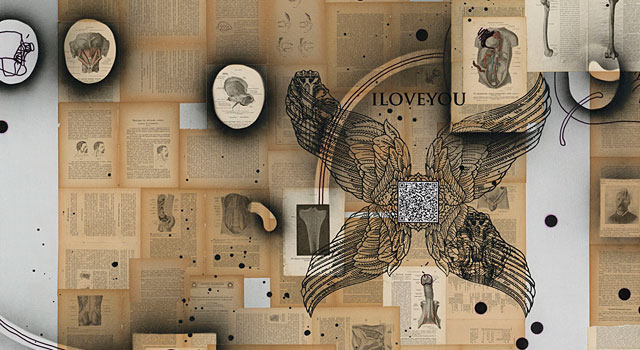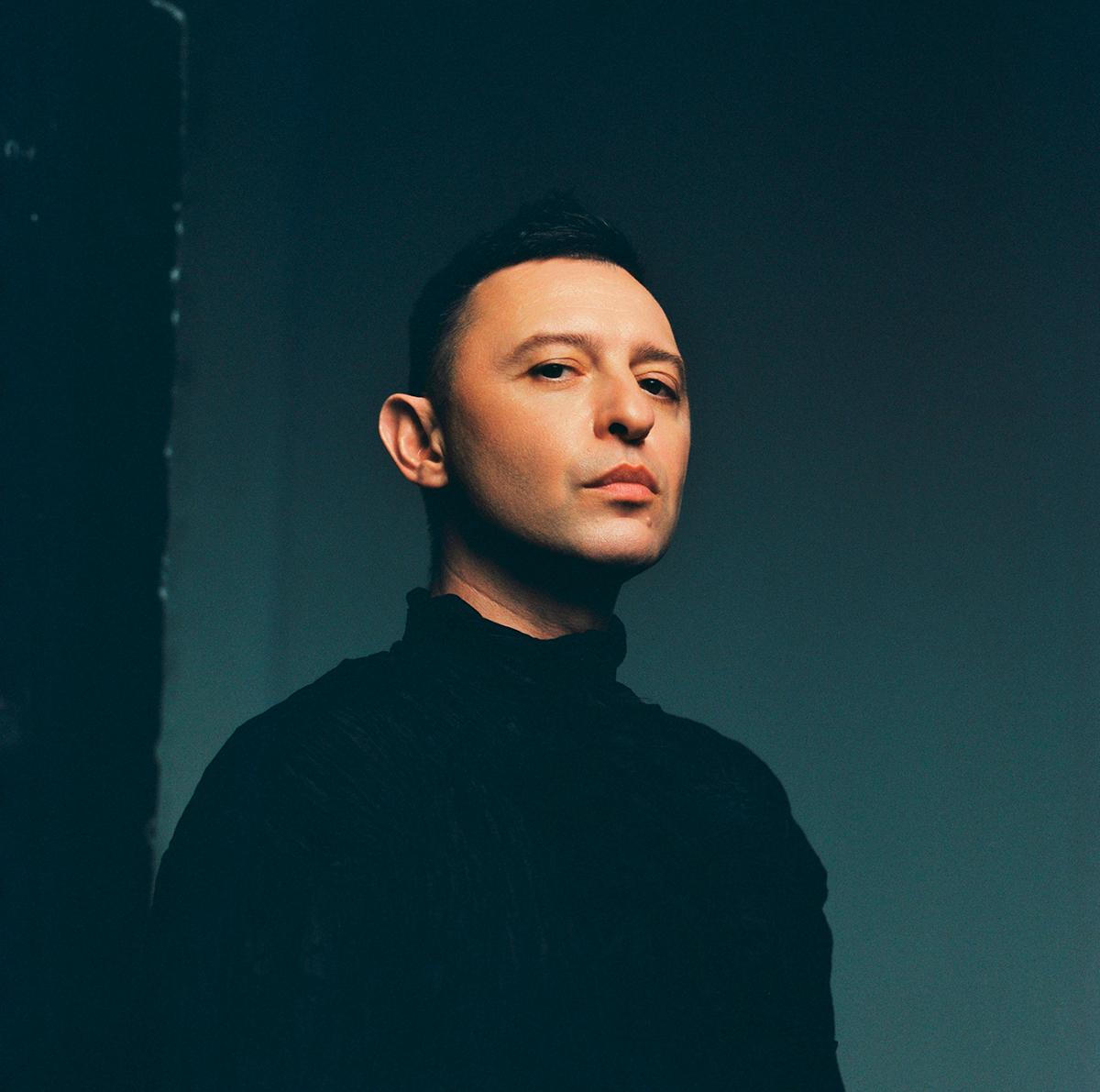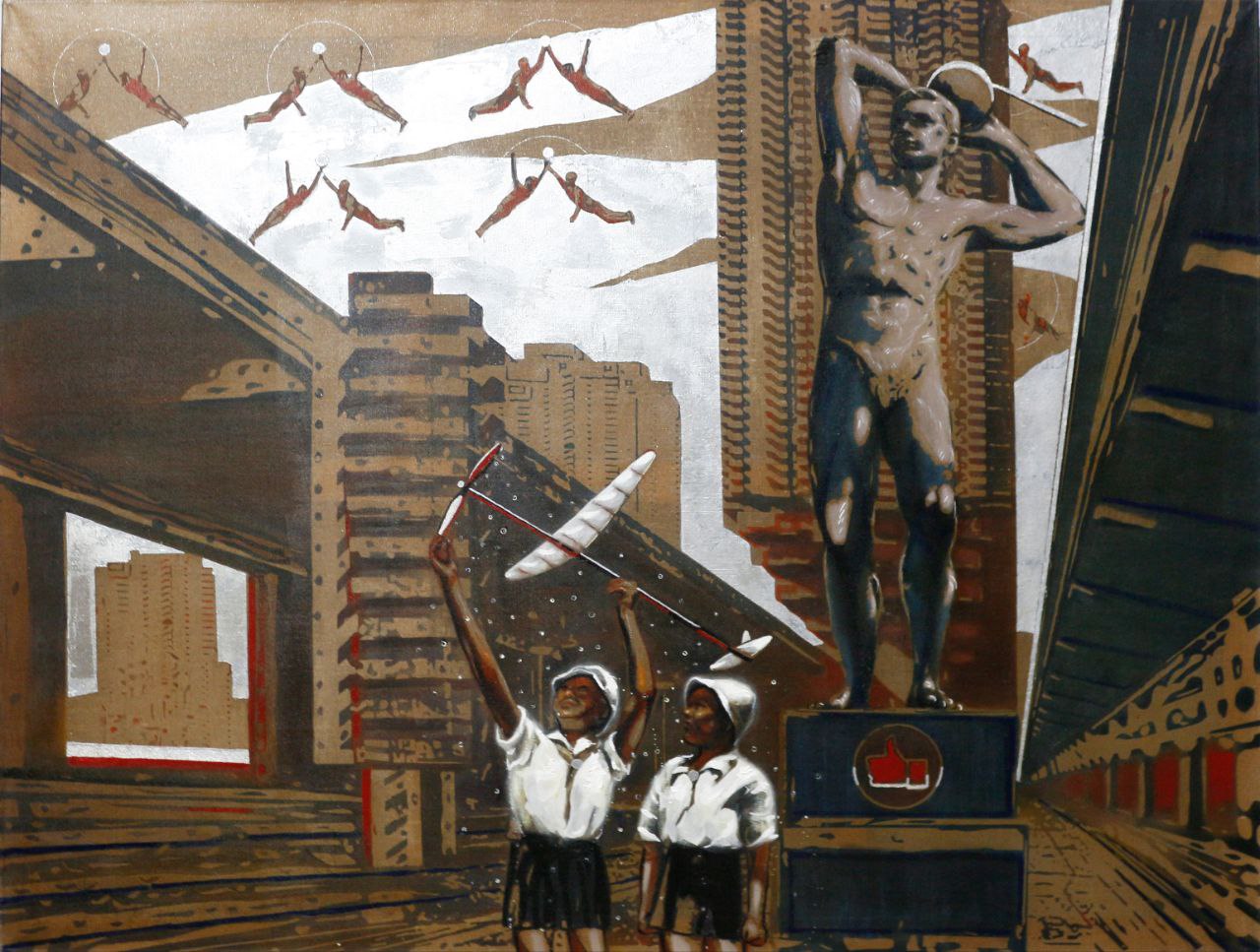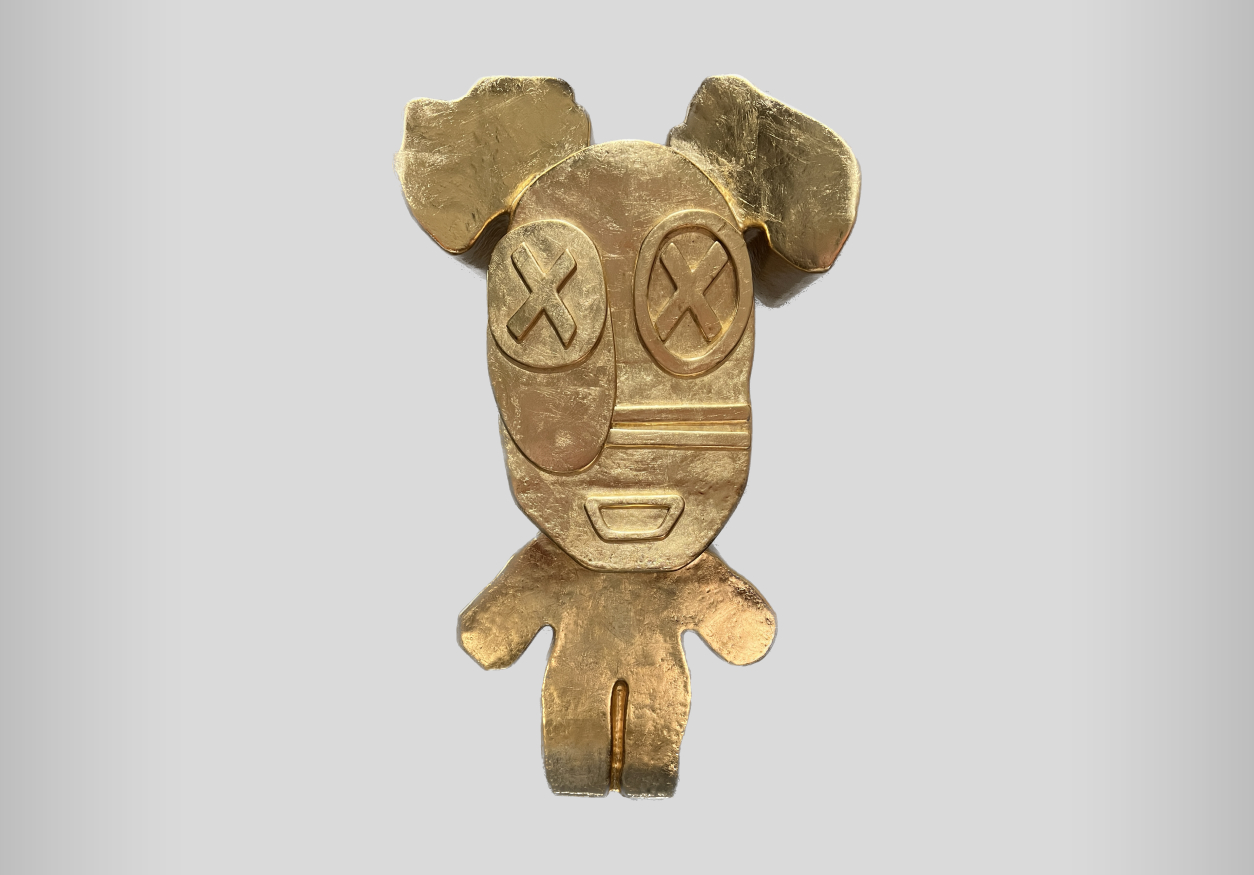Erarta galleries St.Petersburg is delighted to present Virus by Andrey Gorbunov
If we had to, could we disentangle ourselves from the technology we have come to depend on? In a time where DNA will soon be used to store vast quantities of digital information, Andrey Gorbunov’s new series of paintings question the relationship that links art and science and our lives with technology, asking if it is possible to assume that we are dealing with two opposing factors. On the one hand, the positive and confirmed structure of scientific knowledge and the ordered binary coding of the internet, and, on the other, the intuitive nature of art produced by the irrationality of biological man whose genetic coding could become the digital future.
Where science is to be considered the product of pure rationalism, the result of procedures amply veried, the search for unequivocal truths, certain and impossible to confute, Gorbunov asks if this rationalism translates to the virtual world of the Internet? Are our veriable virtual constructs of self more real than our physical bodily being, and should the Internet be evaluated as a product of mathematics and science or as an organism growing and evolving under its own initiative?
Observing the monumental canvases of Gorbunov we can immediately and easily understand his vision of contemporary life and culture. The virtual world has become an integral part of each of us, similar to a new dimension influencing our social and biological rhythms. It is impossible to imagine the world without computer technologies today; everyday we immerse ourselves more and more deeply as network chats supersede actual human interaction and our Facebook and Twitter profiles grow. Not only have our moods, but also our lives, started to depend on the number of comments and “likes” our virtual egos successfully amass. Thus, contemporary culture is not a culture divided between ‘ars’ and ‘scientia’, or life and technology, but rather it is conflated into a ‘technoculture’ — a hybrid where diversity and quantity prevails over genuine identity. Gorbunov adopts a focused vision of the relationship between art and science, life and virtual life: No longer are we dealing with opposites in a dialectical vision, a view which appears more than ever superseded, but with complementary, interacting and intersecting aspects of a futuristic civilisation.
The Virus paintings draw a parallel between biological and computer viruses, and Gorbunov highlights the similarities between man and the internet, both living entities that grow and change daily, and both vulnerable to infections. Scanning the QR codes in the paintings will reveal information about notorious computer viruses, but all computer specific terms have been removed — the affect of these viruses is human. Ironically, QR codes may become the malicious points of infection for future viruses, as reading the codes puts the privacy of the user at risk by “attagging” the identity of user. Though science has recognised the truths of nature, it had abstained from modifying them for instrumental aims, but in contemporary technoculture, in genetic engineering and biotechnologies, the object of scientific research is no longer sacred and untouchable, the essence of truth, but an object that can be manipulated and transformed, by means of experimentation by those studying it. Similarly, in the macrocosm of the Internet, and our engagement with it and use of it, Gorbunov questions the balance of power — who is using whom and to what end?







